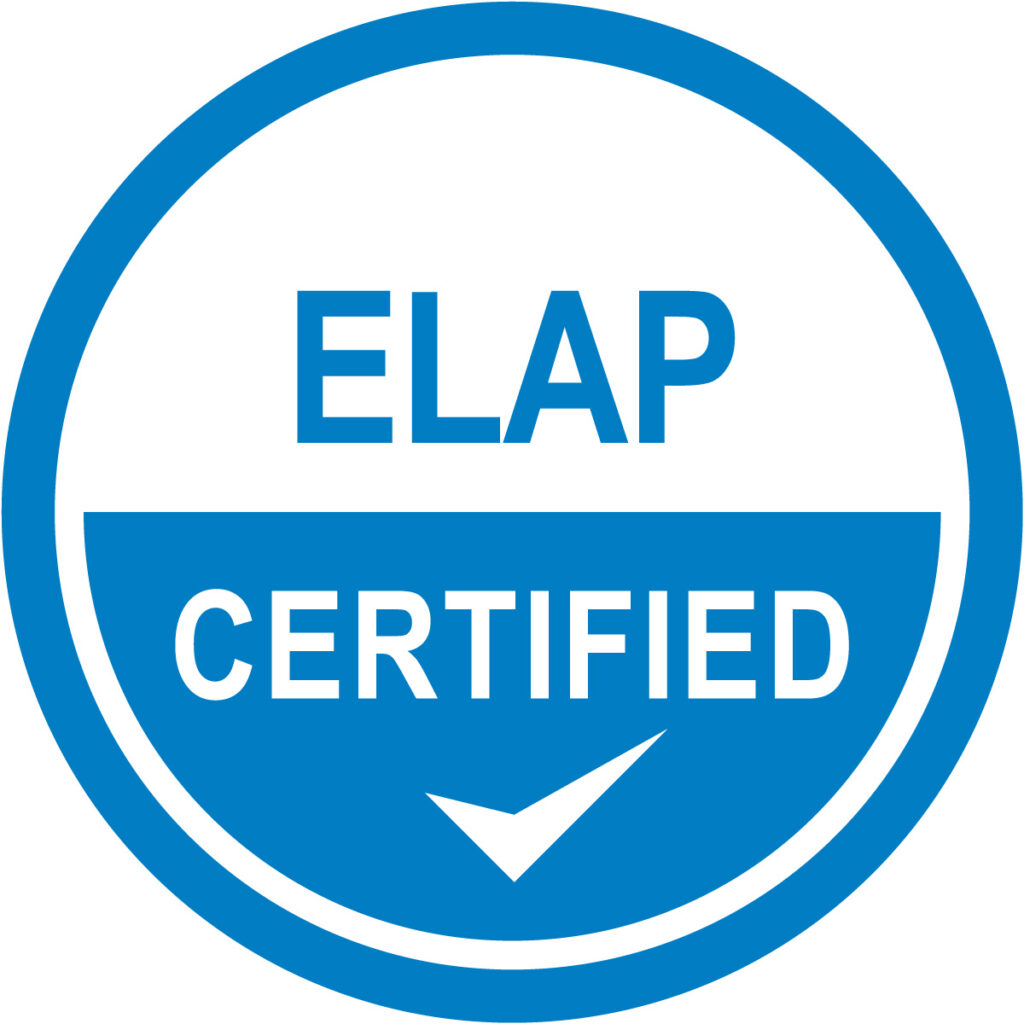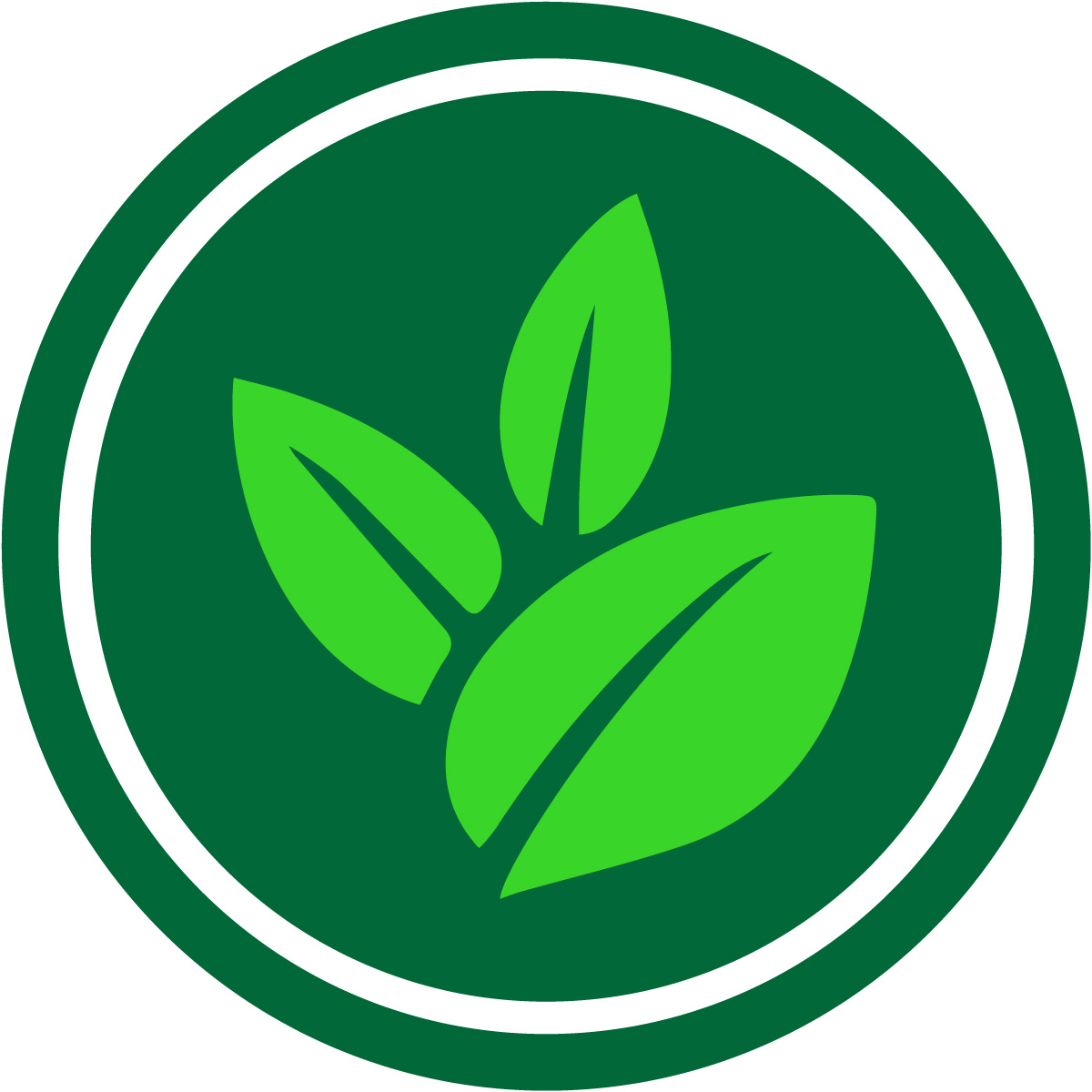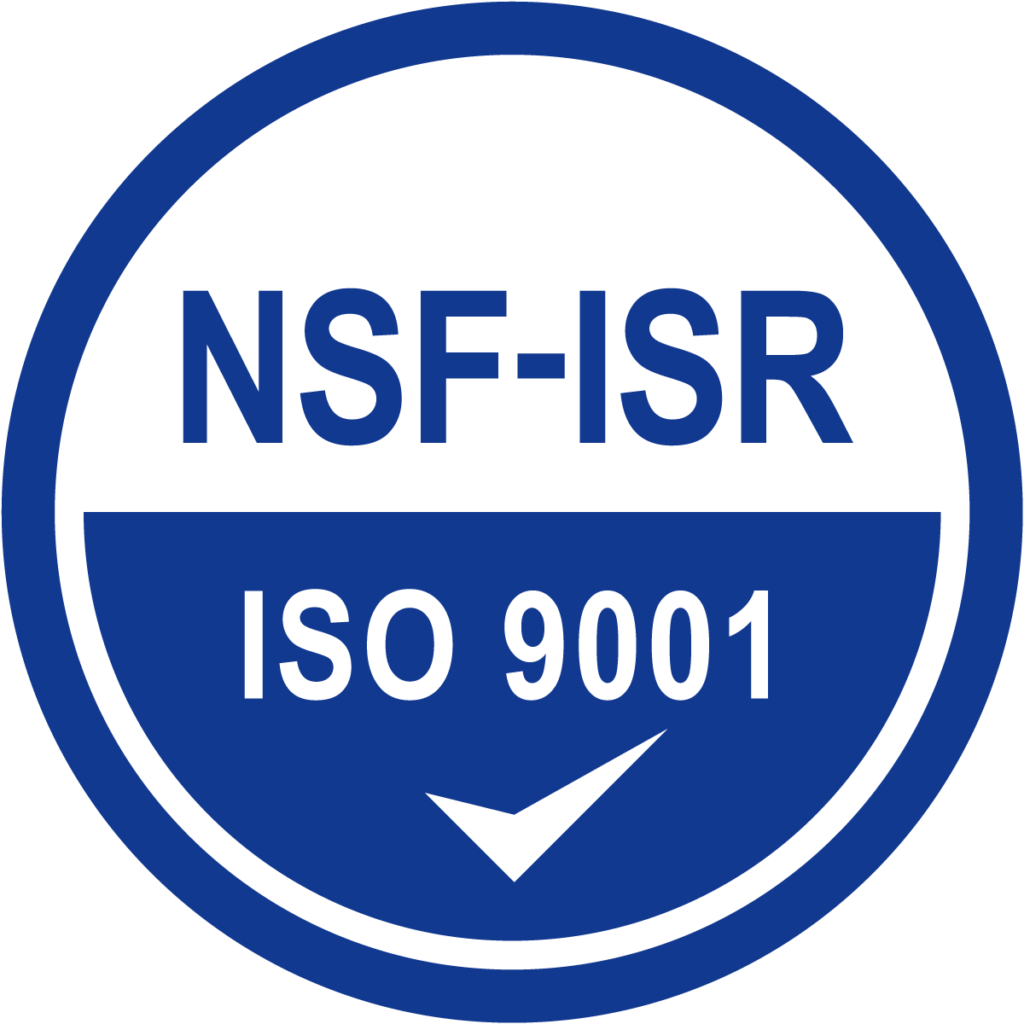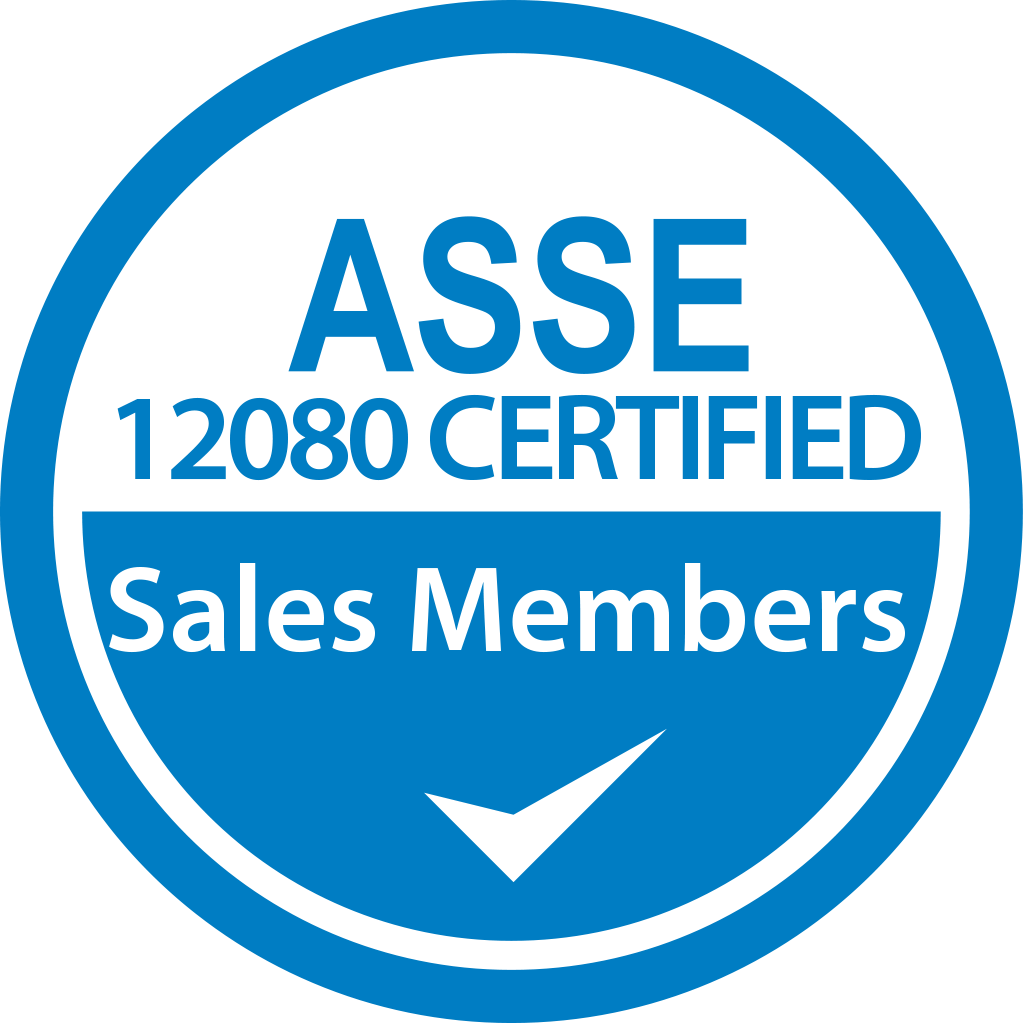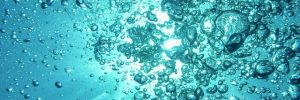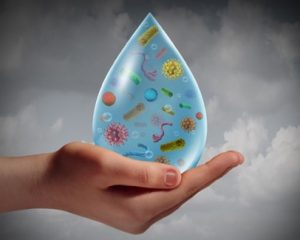Are You Compliant with AAMI’s New ST108 Standards?
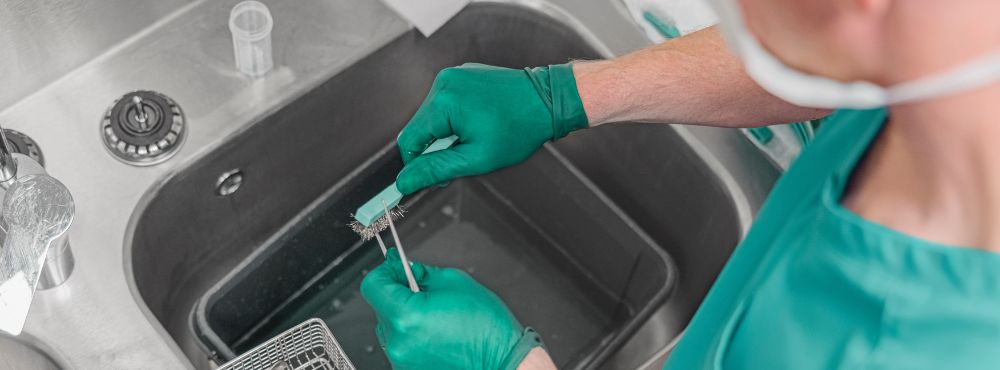
Updated Medical Device Processing Requirements
The Association for the Advancement of Medical Instrumentation (AAMI) introduced a new standard, ANSI/AAMI ST108:2023, establishing requirements for the quality of water used to process medical devices. The ST108 standard, which replaces AAMI TIR34, reflects an industry-wide commitment to ensuring that medical devices, instruments, and equipment meet stringent hygiene and quality requirements to protect patient safety.
What You Need to Know
ST108’s requirements are comprehensive and cover water quality at the point of use for medical device processing (cleaning, rinsing, disinfection, sterilization). The official 102-page document details every stage of the medical device processing journey, including:
- Roles and responsibilities for a water management program
- Risk analysis and adverse effects of water impurities
- 3 categories of water quality in medical device processing
- Water quality selection and treatment parameters
- Water quality evaluation and routine monitoring
- Water treatment systems maintenance
- Quality improvement considerations and troubleshooting
It’s important to note that the standard does not address water requirements for hemodialysis, laboratory use, or municipal water supply, nor does it cover steam quality requirements, water treatment within medical device processing equipment, or post-use water testing. It is focused solely on water quality at the point of use for medical device processing.
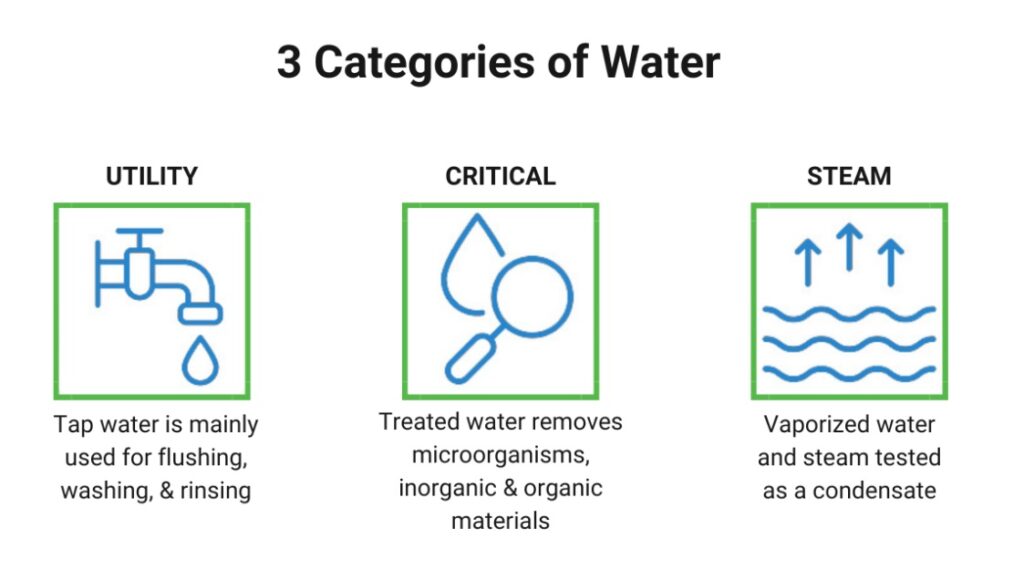
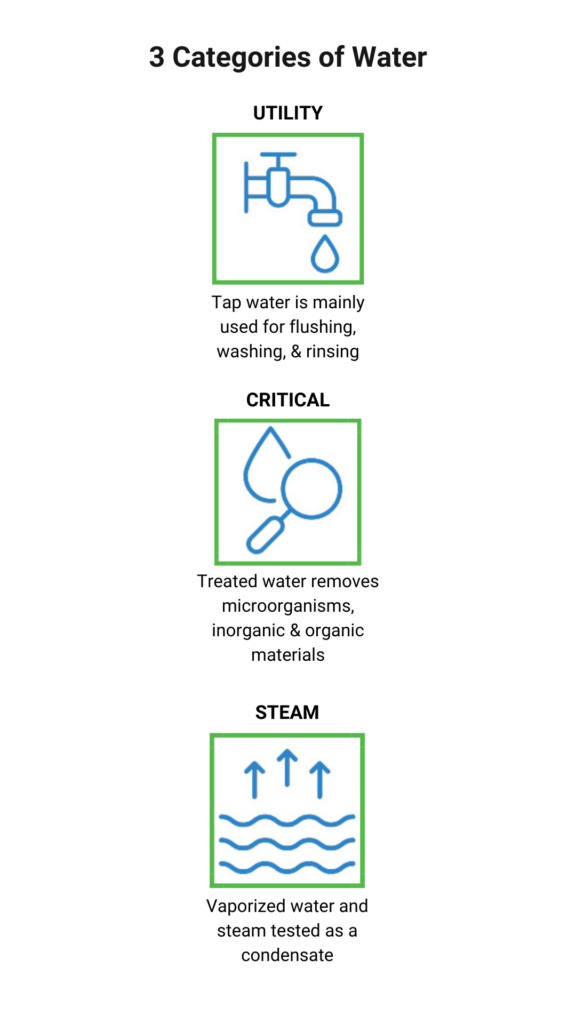
Water Management Plans for Pathogen Control
Water management plans for pathogen control within healthcare facilities are gaining increased attention considering the new AAMI Standard. The standard’s emphasis on water quality directly relates to Legionella testing and water management plans, crucial components in minimizing infection risks for patients and healthcare workers. However, compliance can pose significant challenges for healthcare facilities, requiring them to ensure that water treatment equipment consistently operates at peak performance while optimizing water use to meet regulatory requirements.
Garratt-Callahan has water treatment solutions tailored to healthcare environments, complying with the stringent guidelines of precise water quality monitoring, reduced waterborne pathogen risk, and compliance with pharmaceutical manufacturing and healthcare regulations. As healthcare facilities strive to provide safe, clean water for various critical applications, efficient water management becomes paramount, aligning with the goals set forth by the new AAMI standard.
Future Plans & Additional Guidance
Following its publication, the AAMI working group plans to create a technical information report to guide healthcare delivery organizations through the water qualification process, further promoting the adoption of the standard and enhancing patient safety. Stakeholders and subject matter experts interested in contributing to this endeavor are encouraged to contact [email protected] for more information.
To further explain the requirements of ANSI/AAMI ST108:2023, AAMI will host an educational session led by Terra Kremer and Erin Kyle on October 5, 2023, providing valuable insights for interested parties in the healthcare field.
Get The Water Treatment You Need
"*" indicates required fields
Frequently Asked Questions
What is ANSI AAMI ST108 2023 water for the processing of medical devices?
The AAMI ST108 standard focuses on the quality of water used to process medical devices. It provides guidelines on water types, water management programs, water quality requirements, and other aspects related to water used in cleaning, rinsing, disinfection, and sterilization of medical devices.
What is the difference between AAMI ST108 and AAMI TIR34? Is AAMI ST108 compliance mandatory?
AAMI ST108 is a standard that focuses on the quality of water used in the processing of medical devices, covering aspects like water management, treatment, and purity requirements. On the other hand, AAMI TIR34 is a Technical Information Report offering best practices and recommendations for water quality in the reprocessing of medical devices. ST108, which replaces TIR34, provides comprehensive, mandatory guidelines, and may carry more regulatory weight.
The new standard focuses solely on water quality at the point of use for medical device processing. It does not address water requirements for hemodialysis, laboratory use, or municipal water supply, nor does it cover steam quality requirements, water treatment within medical device processing equipment, or post-use water testing.
Why is it important to be AAMI ST108 compliant?
Professionals in medical device processing face challenges such as the increasing complexity of devices with hard-to-reach areas and the rise of “superbugs” that can survive incomplete cleaning. These challenges can lead to patient risks and reduced device lifespan. Water quality is crucial in addressing these issues, as FDA-cleared devices and cleaning agents are most effective when used with water of specified quality. The approach to water treatment can vary among healthcare facilities due to different factors.

